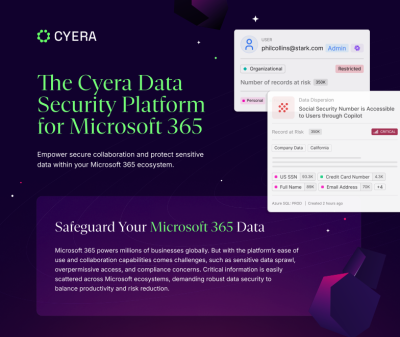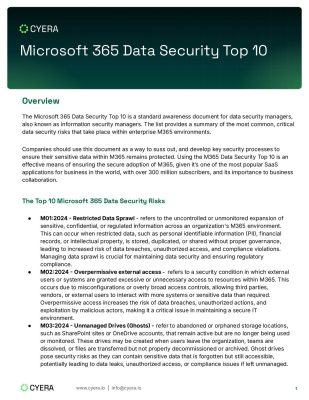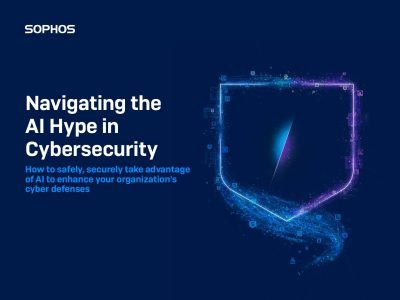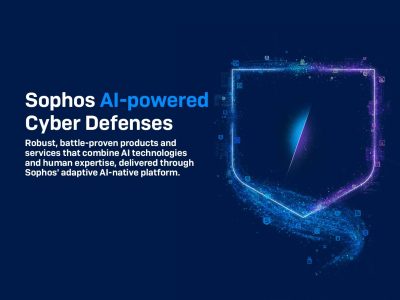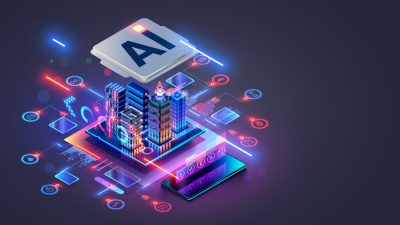Highlights:
- Grid computing networks use standards and protocols to enable communication across diverse, geographically dispersed systems.
- A data grid is a grid computing network that links multiple computers to offer extensive data storage capacity.
Grid computing is a distributed architecture that integrates computer resources from various locations to achieve a shared goal. By breaking tasks into smaller subtasks, it enables concurrent processing. The content will explore grid computing thoroughly.
It is a network of computers collaborating to tackle tasks that would be challenging for a single machine. All machines operate under a unified protocol, functioning as a virtual supercomputer. They may handle tasks such as analyzing large datasets or simulating complex scenarios, with each computer contributing to data storage management and processing power.
Grid Computing Components
Computing constituents form a virtual supercomputer, boosting power and efficiency by splitting tasks across nodes and completing complex workloads faster and cheaper than traditional methods. Let’s learn each component functionally:
-
Nodes
A node is a computer or server in a grid network that contributes unused CPU, memory, and storage. Nodes can perform other tasks and switch roles as needed. There are three types: control nodes, which manage the network; provider nodes, which share resources; and user nodes, which request resources. These nodes, often servers or PCs, are connected over networks and distributed across different regions.
-
Networks
In grid computing, networks link geographically distributed computers to work together on shared tasks. They manage resource sharing based on availability, performance, and user needs. Networks can be homogeneous, with similar systems, or heterogeneous, with different operating systems.
-
Software
Control software, or grid middleware, is essential for managing tasks across the grid by connecting computing resources with high-level applications. Running on every computer in the network, it breaks down the main task into micro tasks, assigns them across the grid, and merges results to complete the larger function.
Apart from task management, it also handles requests for extra processing power, manages resource sharing to prevent overload, and ensures security against misuse.
-
Protocols
Grid computing networks use regulations and standards to enable communication across diverse, geographically dispersed systems. These protocols are vital for coordinating resource sharing between organizations and can be grouped by the specific activities they manage.
The most used protocols include network communication and data transfer, resource information, management, information security, and interface.
Various components of grid computing collectively facilitate the functioning of the grid by enabling the efficient distribution and execution of tasks across a network of interconnected systems.
How does Grid Computing Work?
Grid nodes and middleware collaborate to execute grid computing tasks, with the three primary types of nodes serving distinct roles in grid operations.
-
User node
A user node requests shared resources from other computers in grid computing. When it needs additional resources, the request is routed through the middleware to other nodes within the system.
-
Provider node
A provider node shares its resources for grid computing. When it receives resource requests, it executes subtasks for user nodes. The middleware architecture then gathers and compiles the results to produce a comprehensive forecast.
-
Control node
A control node oversees the network and manages the distribution of grid computing resources. Middleware operates on the control node, and when a user node requests resources, it checks availability and assigns the task to an appropriate provider node.
Grid computing functions by distributing tasks across multiple resources, with different types, such as computational, data, and utility grids, tailored to specific operational needs.
Types of Grid Computing
Grid computing is typically categorized as follows.
-
Computational grid
A computational grid constitutes high-performance computers, facilitating researchers to harness their unified computing power. This type of grid is used for resource-intensive tasks like mathematical simulations.
-
Scavenging grid
CPU scavenging grids, similar to computational grids, consist of regular computers. The term “scavenging” refers to finding idle computing resources within a network. While users perform non-grid tasks, the grid software utilizes these nodes when available. This approach is also called CPU or cycle scavenging.
-
Data grid
This grid computing network links multiple systems to avail huge data storage service. Users can access the stored data as if it were on their local machine without concern for its physical location within the grid.
The functionalities of grid computing can be better assessed in comparison with cloud computing.
Difference Between Grid Computing and Cloud Computing
The primary difference between grid computing and cloud computing lies in how they utilize and manage distributed resources to perform large-scale tasks.
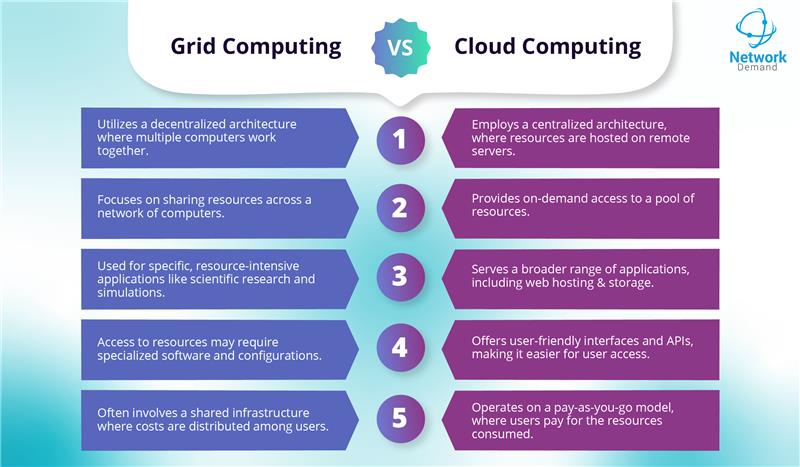
Difference Between Grid Computing and Cluster Computing
The distinction between grid computing and cluster computing lies in their architecture, resource management systems, and the way they handle distributed computing tasks.

Why Businesses Prefer Grid Computing
Businesses are increasingly turning to grid computing for its ability to provide scalable, cost-efficient, and high-performance solutions that address the growing demand for complex computational tasks. The reasons mentioned below provide the ground for grid computing adaptability in the entrepreneurial routine.
-
Efficiency
Grid computing allows you to decompose an enormous, complex task into several tiny segments, enabling multiple computers to work on them simultaneously. This parallel processing makes grid computing an efficient solution for computational challenges.
-
Cost
Grid computing utilizes existing hardware, allowing you to repurpose current computers and save costs while tapping into excess computational resources. Additionally, it offers security and cost-effectiveness while accessing resources from the cloud.
-
Flexibility
Grid computing is not limited to a single facility or location; it enables establishing a network that spans multiple regions. This flexibility allows researchers in different places to collaborate while leveraging the same supercomputing capabilities.
-
Scalability
It enables organizations to scale their computational resources dynamically. As workloads rise, more machines can be integrated into the grid to maintain efficient processing.
Takeaway
An enterprise grid computing offers a powerful and flexible solution for organizations seeking to enhance their computational capabilities. By harnessing the collective power of distributed resources, grid computing enables efficient processing of increasingly complex IT tasks while allowing for dynamic scalability. This innovative approach not only maximizes existing hardware but also fosters collaboration among researchers and institutions worldwide.
Explore a curated selection of IT-infra-related whitepapers designed to enhance your understanding with detailed analysis and comprehensive insights.



